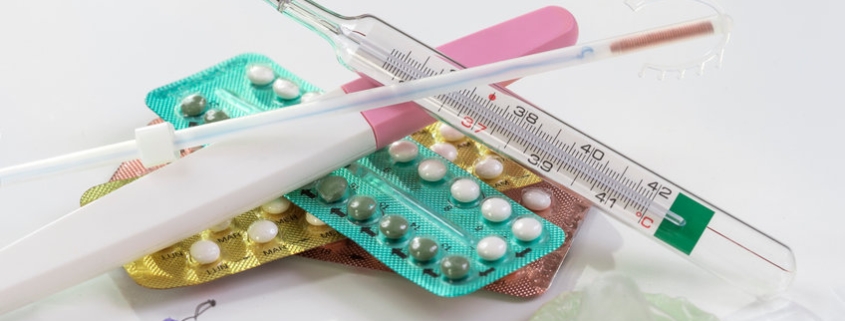Women’s Health Week #3 – Contraception & Birth Control
By Dr. Hadass Fuerst & Dr. Marissa Jacobs
Women’s Health Week is May 8 -14 and this year NOAH is highlighting three health issues that women should be familiar with and discuss with their provider any time of year.
NOAH recommends that everyone have a primary care provider (PCP) and a medical home. If you don’t have one or both of these, contact NOAH and establish a PCP who is right for you!
Contraception & Birth Control
Nearly 65% of all women between age 15 and 49 in the U.S. use some form of birth control. But the reasons why are more than pregnancy prevention. Learn more about the types and uses for contraception from two of NOAH’s family medicine providers, Dr. Hadass Fuerst and Dr. Marissa Jacobs.
Why use birth control?
Birth control reduces the chances of an unintended pregnancy when used correctly. But beyond that, many individuals use hormonal birth control to help regulate menstrual cycles, prevent ovarian cysts, regulate hormones, and reduce menstrual pain, Acne, and excessive body hair growth.
What are different contraception options?
You have options but talk to your PCP or OBGYN about what method is right for you. Here are the different types of birth control available:
- “The Pill” – A daily pill that combines two hormones: estrogen and progesterone. Failure rate: 7%.
- Progestin-Only Pill – Like “The Pill” above but only the hormone progesterone. Failure rate: 7%.
- Implant (Nexplanon) – This is a small rod placed in the arm by your doctor that gives a continuous dose of progestin slowly over 3 years. Low failure rate: 0.1%.
- IUD (Intrauterine Devices) – These small T-shaped devices are placed in the uterus by your doctor. There are two options:
- Hormonal: Releases a small hormone dose each day and can last 3 to 6 years. Low failure rate: 0.1% – 0.4%.
- Copper: Can stay in your uterus for up to 10 years. Low failure rate: 0.8%.
- Injection/Shot – This is a progestin shot every three months. The biggest side effect of the injection is weight gain. Failure rate: 4%.
- Patch – The patch placed on a person’s skin releases hormones. A new patch is put on each week for three weeks, with no patch during the fourth week. These can be difficult in hot climates because it doesn’t stick as well. Failure rate: 7%.
- Vaginal Ring – The ring releases estrogen and progesterone. You wear the ring for three weeks and then remove it on the fourth week. Failure rate: 7%.
- Other methods:
- Diaphragm – 16% failure rate
- Male condom – 18% failure rate
- Female condom – 21% failure rate
- Cervical cap – 23% failure rate
- Sponge – 24% failure rate
- Fertility based methods (tracking cycle days, basal body temperature) – 26% failure rate
- Spermicide – 28% failure rate
How to pick the right form of birth control?
Remember that not everyone will respond the same way to every form of birth control. And not everyone has the same reason for needing birth control. Be sure to discuss with your provider any types of current or previous forms of birth control used and any side effects so together you will find the right form of birth control for you!










